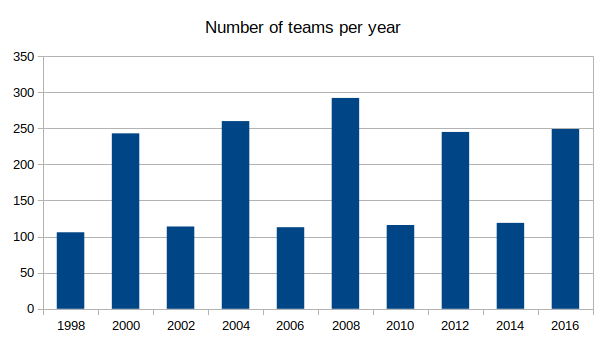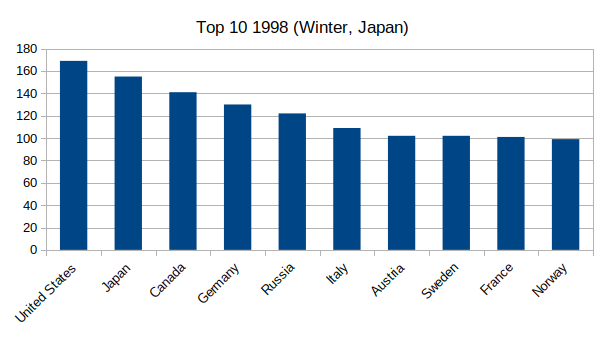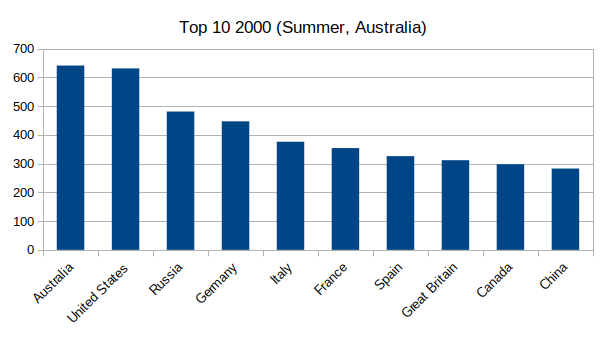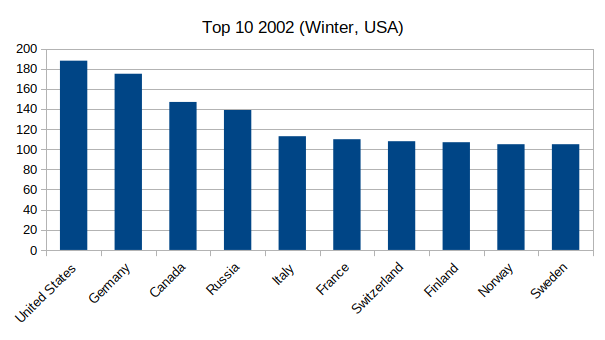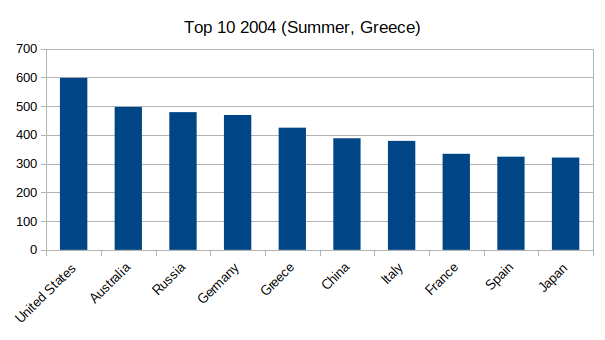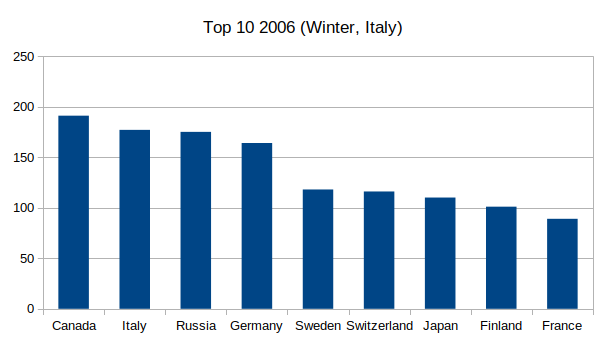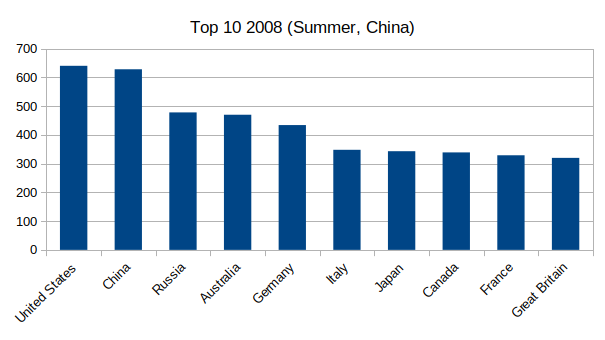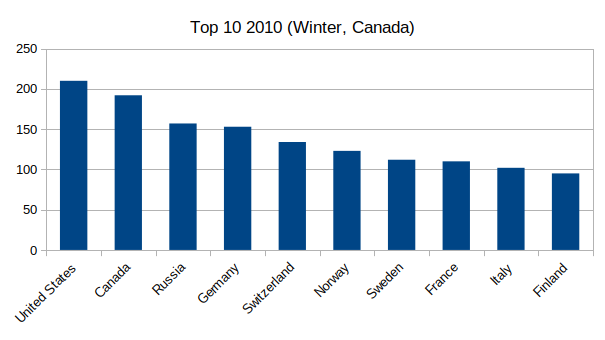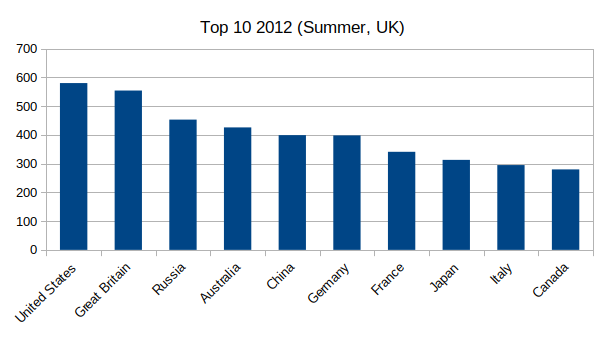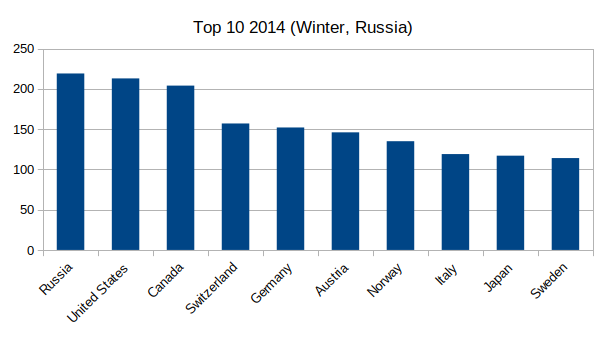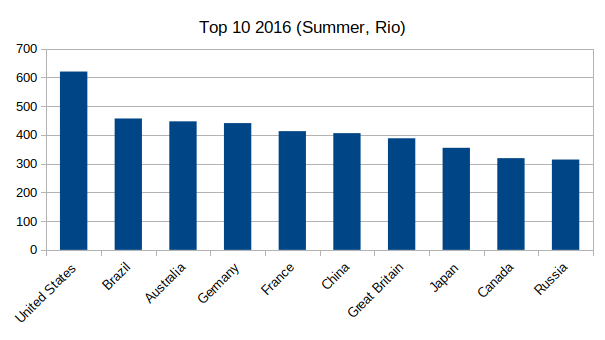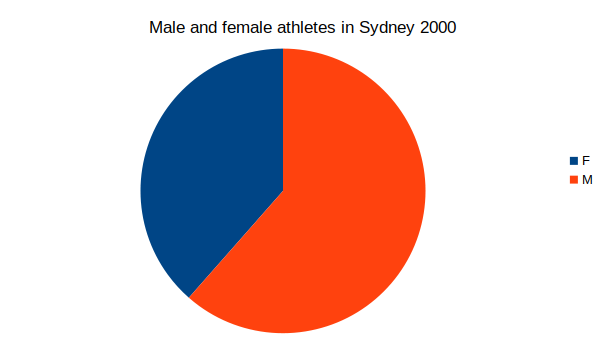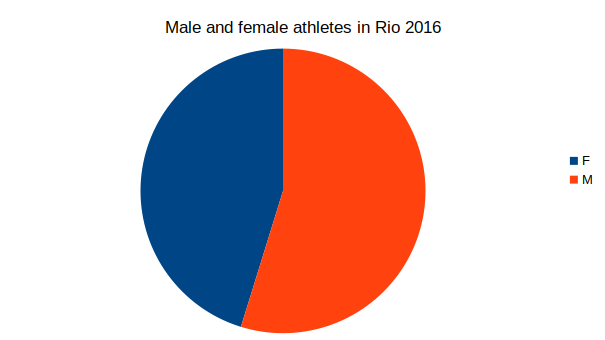Banff National Park of Canada Reducing Energy Consumption – Helping the Environment Established in 1885, Banff National Park is the birthplace of Canada’s parks system and part of the Canadian Rocky Mountain Parks World Heritage Site. The park spans 6641 square kilometres of valleys, mountains, glaciers, forests, meadows and rivers in southwest Alberta. Part of a complex chain of national, provincial and territorial parks and wilderness areas, which total 5 million acres set aside for posterity, the site is one of the world’s largest protected domains.
In July 2002, Banff became the first national park in Canada to sign an energy performance contract (EPC) with an energy service company (ESCO) aimed at improving the energy efficiency of 88 of its buildings over 10 years.
The process began in December 2000 when the Parks Canada Agency issued a request for proposal (RFP) to improve the energy efficiency of its buildings at Banff.
The Federal Buildings Initiative (FBI), a program within Natural Resources Canada’s Office of Energy Efficiency, worked with Parks Canada to assess possible energy efficiency opportunities and any preliminary work required to deliver the improvements.
Both parties determined that an EPC could help update Banff National Park’s infrastructure and enhance the energy management practices of its operations, thereby reducing its energy and water consumption and greenhouse gas (GHG) emissions. August 2008 The Federal Buildings Initiative “Without help from the FBI, the Banff National Park project could not have moved forward. If internal funding had been available, we may have been able to implement single technology retrofits over a number of years.
But the FBI program allowed us to realize a comprehensive project within a short number of years and without any capital outlay.” – Don Sears, Chief, Visitor Services, Banff National Park of Canada, Parks Canada 40% 50% 30% 20% 10% 0% Lighting Retrofit Electrical and Mechanical*HVAC Controls Building EnvelopeAppliances Energy Service Companies The ESCO provides the skills and technical expertise to successfully manage energy retrofits.
Working closely with the client organization, the ESCO defines the goals and objectives of the EPC project and draws up a comprehensive project design that identifies savings opportunities and potential obstacles.
The Banff National Park project included some unique challenges for MCW:
large swings in park visits fire risks throughout the year, which impact water use and park visits the dynamic nature of the park due to weather conditions and a changing climate the sensitivity to managing retrofits in historic government structures, such as the administrationbuildings Project Highlights Banff National Park awarded a 10-year, $506,426 comprehensive energy efficiency project to MCW Custom Energy Solutions Ltd.
in 2001, and signed the EPC the following year.
The construction phase of the project was completed in 2003. MCW is currently monitoring the project.
The project focused on updating 88 out of its 200 buildings at the park. Each spans about 65 to 135 square metres (m 2), totalling 20 119 m 2in floor space. Several types of buildings were retrofitted, including garage, office and campground washroom.
The EPC currently generates over $72,362 in annual energy and water savings and has reduced GHG emissions by 370 tonnes per year.
MCW has already implemented the following energy efficiency measures:
Lighting retrofits– T-8 fluorescent lamps replaced inefficient T-12 fixtures. Other lighting features include LED exit signs, screw-in compact fluorescents, de-lamping and reflectors.
Installation of new high-efficiency refrigerators– New refrigerators in the staff residences and garage typically operate at less than half the consumption of the old units.Improvements to building envelope– Re-caulked windows and the installation of door seals reduce air and moisture infiltration.
A door interlock in the holding area in the main garage reduces uncontrolled heat loss.
Installation of new high-efficiency front-loading washing machines and gas dryers– The new washing machines lead to significant water and gas savings.
The use of a gas dryer instead of a conventional electric dryer helps lower fuel costs.
Replacement of natural draft boilers with new high-efficiency condensing boilers– The new boilers in the warden’s office and the general works and trades area allow considerably lower flue gas temperatures, due to the stainless steel construction of the boiler and flue.
Revamping of heating, ventilation and air-conditioning (HVAC) controls– Heating controls in the main garage now improve indoor air quality with the replacement of carbon dioxide sensors.
Interlocking make-up air units and exhaust fans, as well as programmable thermostats for all unit heaters, provide damper control to ensure summer free-coolingand a controlled air supply.
Solar hot water collector– A solar hot water collector on the roof of the campground shower facility helps reduce the amount of fuel needed to heat water.
Energy Efficiency Measures and their Projected Savings * Includes the solar hot water collector ESCO Training for Building Staff MCW provided on-site training to ensure building staff operated and maintained the new equipment efficiently and that proper energy- efficient practices would be sustained through the life of the project and beyond.
“Once a strong rapport has been established, it makes it easier to hold a training and maintenance program, which ensures the end-users of the buildings understand how to follow best practices with all new technologies. This ensures new equipment is operated in the way it was proposed to meet the contract savings.” – Colin J. Rabnett, Executive Partner, MCW Custom Energy Solutions Ltd. Employee Awareness An employee awareness program helps educate and motivate building occupants.
When employees know how their actions can affect energy consumption, they can directly contribute to the savings already achieved through the technical retrofits.
As part of Banff National Park’s employee awareness campaign, the MCW team held a “Celebrate Success Day” in all the major buildings in the park.
MCW set up booths and invited building occupants to information sessions that explained the energy efficiency project and its measures. The sessions promoted the positive impact of the project on building operations and costs, as well as the environment.
Public Awareness As one of the world’s premier destination spots, the park boasts more than 3 million visitors a year, not including an additional 4.6 million people who travel through the park on the Trans-Canada Highway.
Visitors want a chance to experience and enjoy the beauty and wildlife of the national parks, and they look to Parks Canada to demonstrate best practices in energy conservation and energy alternatives.The high volume of visitors and their interest in environmental issues create a unique opportunity for Parks Canada to showcase new technology, promote energy conservation and highlight efforts to reduce GHG emissions and air pollution.
Banff National Park and MCW mounted information displays at major centres throughout the park to inform visitors of the importance of energy and water conservation.
The displays include materials detailing the project, its conservation measures and the efforts of Banff National Park to reduce GHG emissions and help the environment.
For example, the new solar hot water collector at the campground shower facility attracts a great deal of attention and offers an opportunity to showcase a visible and low-cost renewable energy measure.
Step-by-step graphics make it easy to understand how solar energy works.
The display also reminds visitors that the amount of hot water is finite and their personal conservation plays a part. Project Highlights Investment $506,426 Length of Contract 10 Years Annual Savings $72,362 Estimated GHG Reduction 370 tonnes Natural Resources Canada’s Office of Energy Efficiency Leading Canadians to Energy Efficiency at Home, at Work and on the Road Cat. No. M144-189/2008E-PDF ISBN 978-1-100-10068-5 © Her Majesty the Queen in Right of Canada, 2008 Aussi disponible en français sous le titre : Parc national du Canada Banff : Réduire la Consommation d’énergie – Aider l’environnement Building on Success Now that its EPC project is complete, Banff National Park is continuing to curb energy consumption and control costs by implementing further savings opportunities, including the following:
installation of high-efficiency furnaces in all staff homes within the park. This has significantly lowered natural gas consumption.
continued upgrades to lighting and thermostat applications with new technology, as it becomes available.
Project managers at the park are constructing a new “off-grid” washroom facility. It will use solar panels to generate all its energy for light and heat.
A Model for Tomorrow The Banff National Park EPC project continues to deliver environmental, financial and operational benefits.
Its experience is serving as a model for the entire national parks system, which ishelping Parks Canada develop a long-term plan to manage the energy efficiency and environmental impact of its buildings. The Federal Buildings Initiative Many federal organizations have used the FBI program to help them implement EPCs to reduce their energy and operating costs and GHG emissions.
For more information on how the FBI can help your organization plan an energy efficiency project, contact:
Federal Buildings Initiative Natural Resources Canada 580 Booth Street, 18th Floor Ottawa ON K1A 0E4 Web site: oee.nrcan.gc.ca/fbi Fax: 613-947-4121 Toll-free number: 1-877-360-5500
Assignment Status: Solved By Our Experts.
WE HAVE DONE THIS QUESTION BEFORE, WE CAN ALSO DO IT FOR YOU
WE OFFER THE BEST PAPER WRITING SERVICES on Banff National Park of Canada Reducing Energy Consumption
USA, AUS, CA & UK PhD Writers
